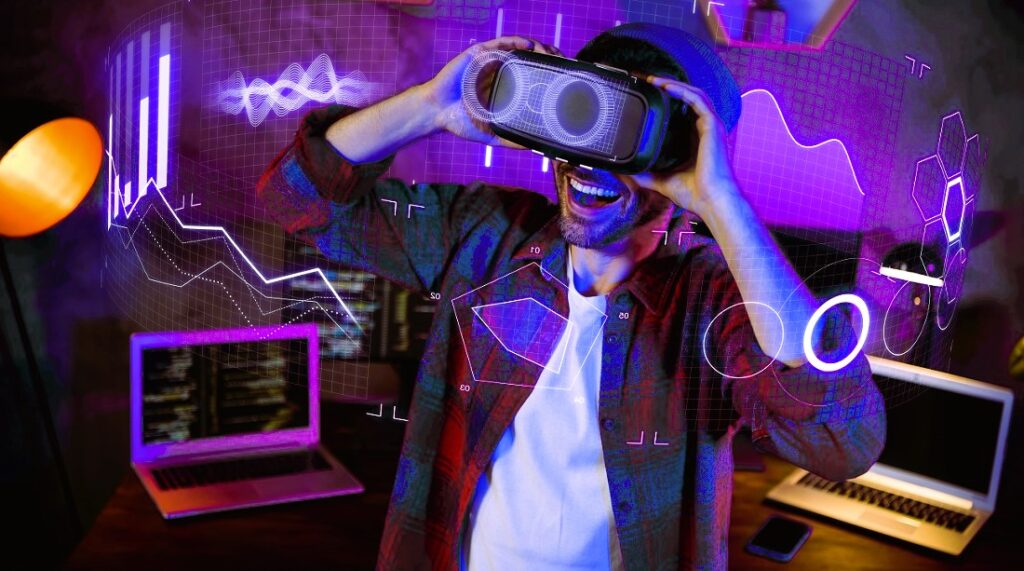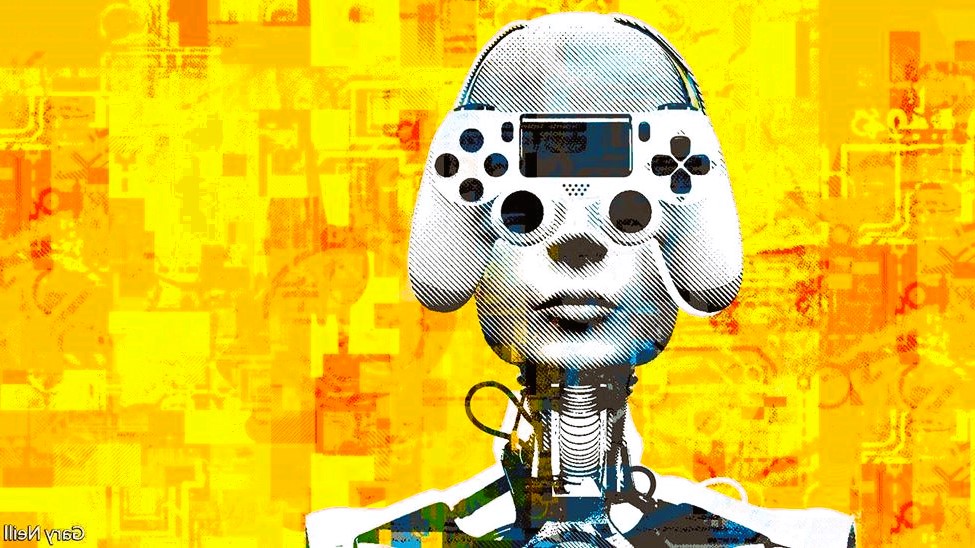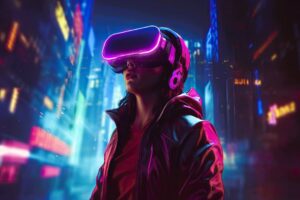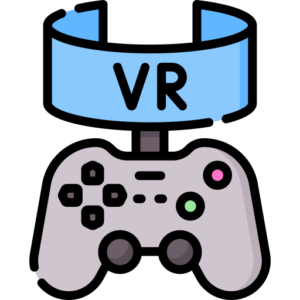Artificial Intelligence (AI) has become an integral part of modern video game development, revolutionizing the way games are designed, developed, and experienced. In the realm of Virtual Reality (VR) game development, AI plays a crucial role in enhancing immersion, creating realistic environments, and delivering compelling gameplay experiences. In this article, we’ll explore the role of AI in VR game development, examining its applications, impact, and future possibilities.
Understanding AI in VR Game Development
AI refers to the simulation of human intelligence in machines, allowing them to perform tasks that typically require human intelligence, such as learning, reasoning, and problem-solving. In the context of VR game development, AI algorithms and techniques are used to create lifelike characters, dynamic environments, and responsive gameplay systems that adapt to player actions in real-time.
Example: NPC Behavior
In VR games, non-player characters (NPCs) are often controlled by AI systems that govern their behavior and interactions with the player. AI-powered NPCs can exhibit complex behaviors such as pathfinding, decision-making, and emotion simulation, making them feel more lifelike and immersive. Whether it’s a friendly companion guiding the player through a virtual world or a menacing enemy engaging them in intense combat, AI-driven NPCs play a crucial role in shaping the player’s experience in VR games.
Applications of AI in VR Game Development

AI technology is employed across various aspects of VR game development, from character animation and dialogue systems to procedural content generation and player analytics. Do you like our articles? Read also about VR horror games. Some common applications of AI in VR game development include:
1. Character AI:
AI-driven character behavior systems that govern NPC movement, interaction, and decision-making.
2. Natural Language Processing (NLP):
NLP algorithms that enable realistic dialogue and conversation between players and NPCs, enhancing immersion and storytelling.
3. Procedural Content Generation:
AI-powered algorithms that generate dynamic, procedurally generated content such as levels, environments, and quests, ensuring endless replayability and variety.
4. Adaptive Gameplay:
AI systems that dynamically adjust game difficulty, pacing, and challenges based on player skill level and preferences, providing a personalized gaming experience.
Example: Boneworks
Boneworks, a highly acclaimed VR game developed by Stress Level Zero, utilizes advanced AI technology to create realistic physics interactions and dynamic NPC behavior. The game’s AI-driven enemies exhibit complex movement and combat tactics, making each encounter feel dynamic and unpredictable. Additionally, Boneworks features a robust physics engine powered by AI algorithms, allowing players to interact with objects in the environment with unparalleled realism and immersion.
Impact of AI on VR Game Development
The integration of AI technology into VR game development has had a transformative impact on the industry, enabling developers to create more immersive, engaging, and innovative gaming experiences than ever before. By leveraging AI algorithms and techniques, developers can push the boundaries of what’s possible in VR gaming, delivering richer worlds, smarter NPCs, and more dynamic gameplay systems.
Example: Half-Life: Alyx
Half-Life: Alyx, developed by Valve Corporation, is a groundbreaking VR game that showcases the power of AI-driven game design. The game features highly detailed environments, lifelike NPCs, and immersive gameplay mechanics that are made possible by advanced AI technology. From the reactive behavior of enemy creatures to the intricate physics puzzles scattered throughout the game world, Half-Life: Alyx demonstrates the potential of AI to elevate VR gaming to new heights.
Future Possibilities

As AI technology continues to advance, the future of VR game development looks increasingly promising. Developers are exploring new applications of AI, from procedural storytelling and dynamic world generation to immersive social interactions and player-driven content creation. With the ongoing evolution of AI algorithms and hardware, the possibilities for AI-driven VR gaming experiences are virtually limitless.
Example: AI Dungeon
AI Dungeon, developed by Latitude Inc., is an AI-powered text adventure game that demonstrates the potential of AI-driven game design. In AI Dungeon, players can explore vast, procedurally generated worlds and interact with dynamic characters and storylines, all powered by advanced AI algorithms. As players navigate the game world and make decisions, the AI system dynamically generates new content and responds to their actions in real-time, creating a truly immersive and personalized gaming experience.
Conclusion
AI plays a central role in shaping the future of VR game development, enabling developers to create immersive, engaging, and innovative gaming experiences that push the boundaries of what’s possible in virtual reality. From lifelike NPCs and dynamic environments to adaptive gameplay systems and procedural content generation, AI-driven game design is transforming the way we play and experience VR games. As AI technology continues to evolve, we can expect to see even more groundbreaking advancements in VR game development, paving the way for a new era of immersive gaming experiences.
For more information on AI in VR game development, visit Wikipedia.


